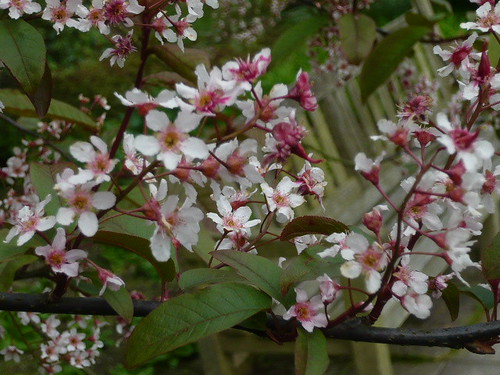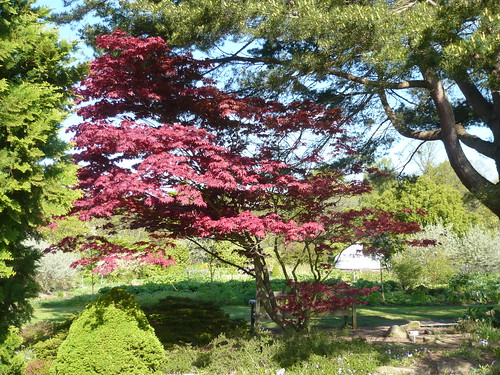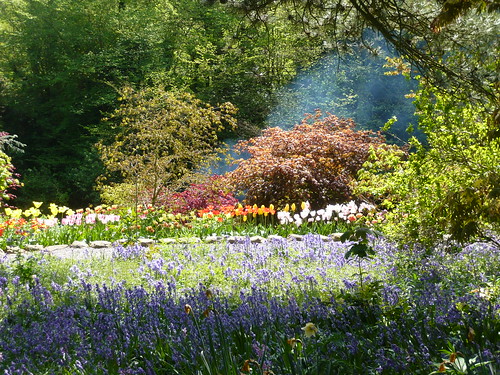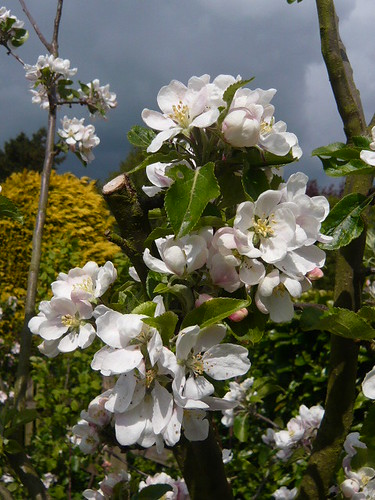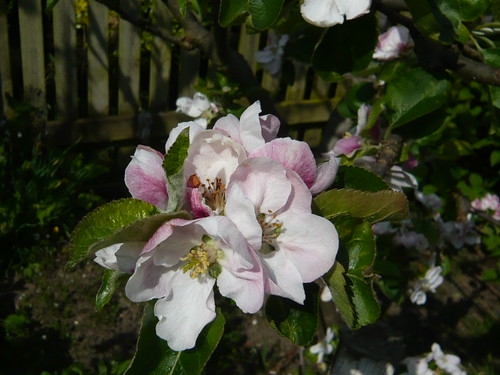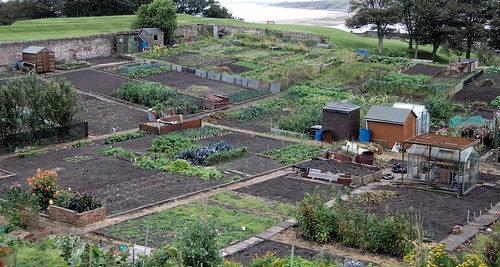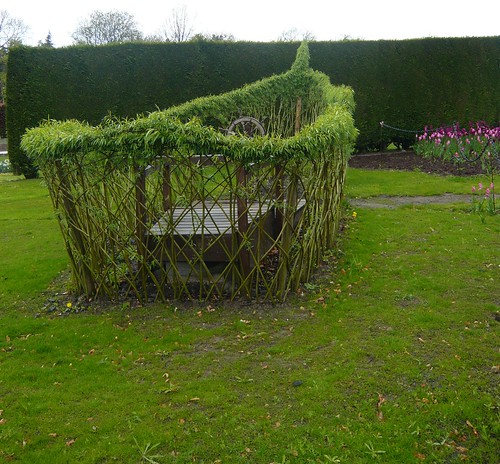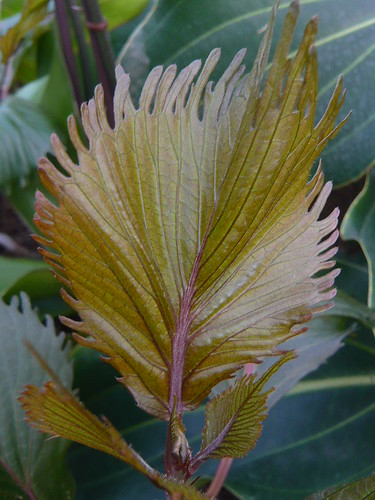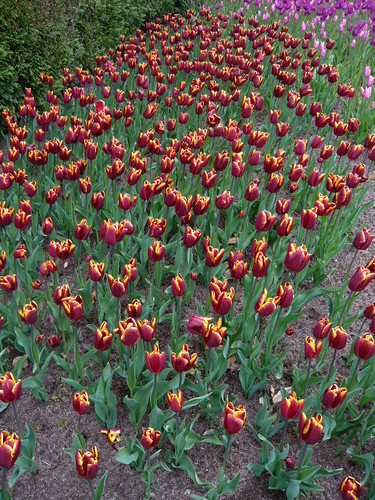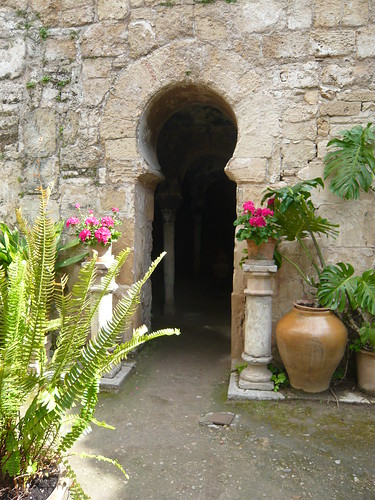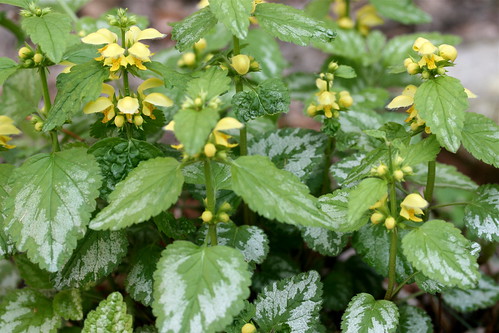Bird Cherry – Prunus Padus
Not the the traditonal blousy Japanese cherry but the purple-leaved bird cherry is a more unusual choice for the large garden.
Bird Cherry Description
- Smaller than the wild cherry it will still grow to circa 20-30 feet with a similar spread.
- Dark purple shoots appear in spring followed by coppery-purple foliage that gradually fades to green.
- The dark foliage is the perfect foil for the delicate pale-pink flowers, which are held on elongated clusters.
- The flowers have a delicate almond scent
- These are followed later in the year by astringent black fruits which birds adore.
- The bird cherry will grow on most neutral to alkaline soils and is particularly good for chalky soils.
- Often seen in mixed hedges that support wild life.
Bird Cherry Varieties
- Albertii is a vigorous free growing fome of Prunus Padus
- Clorata has an AGM for young coppery leaves and pale pink flowers.
- Waterii grandiflora long racemes of flowers and also has an AGM
- Prunus padus commutata The Mayday Tree is of medium height (30′), low-branched and has a compact, rounded canopy that may reach 20′
